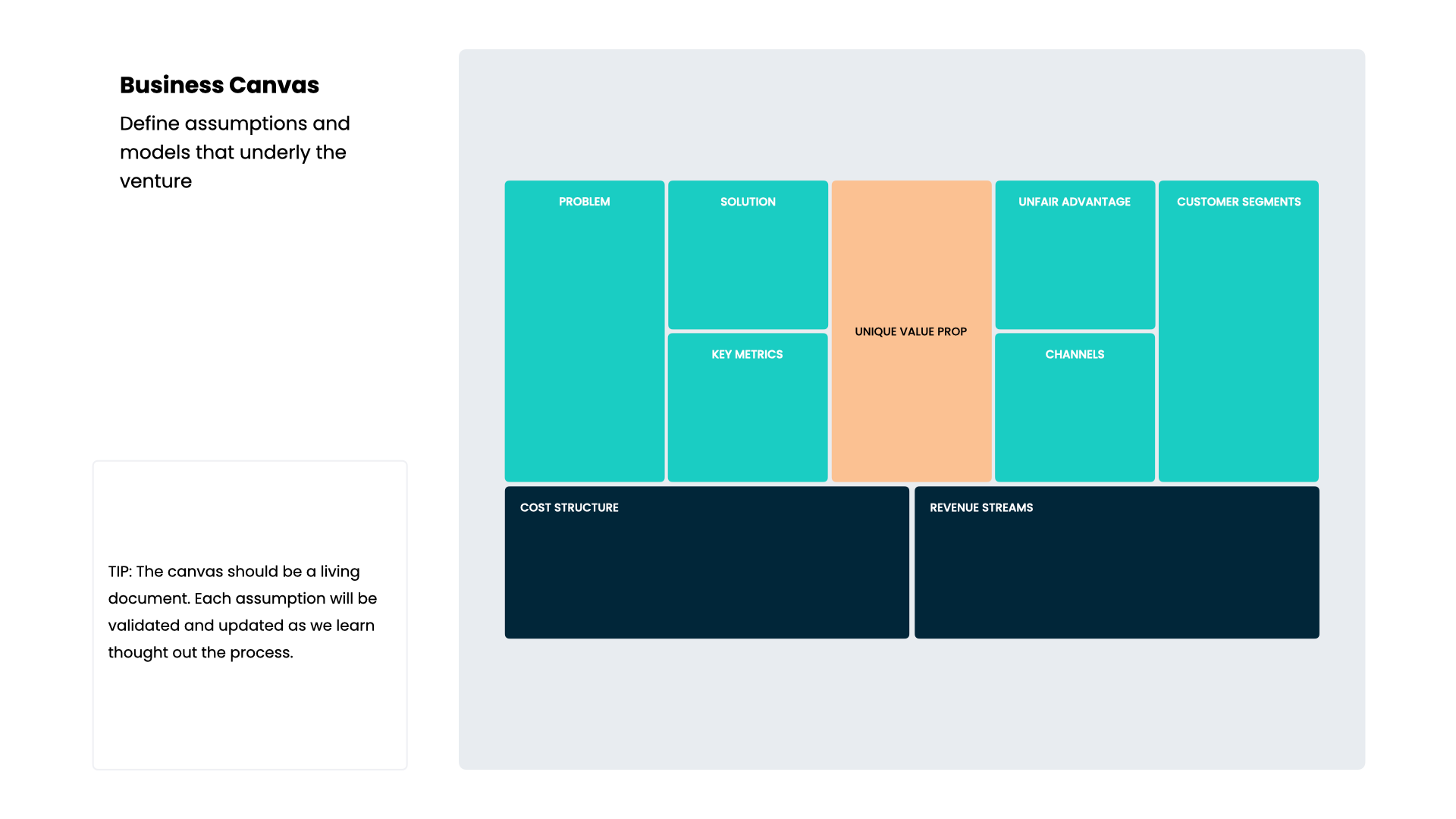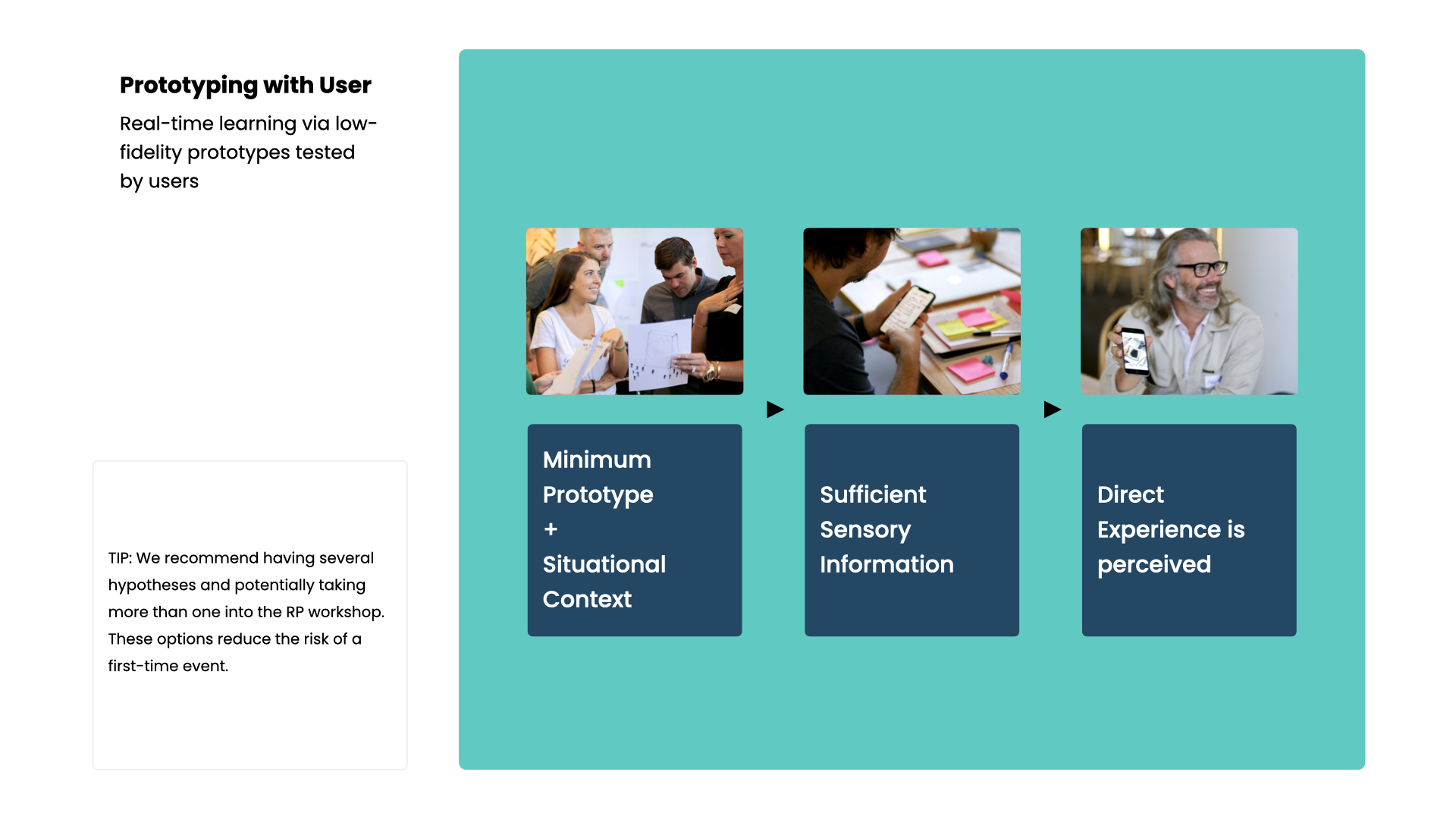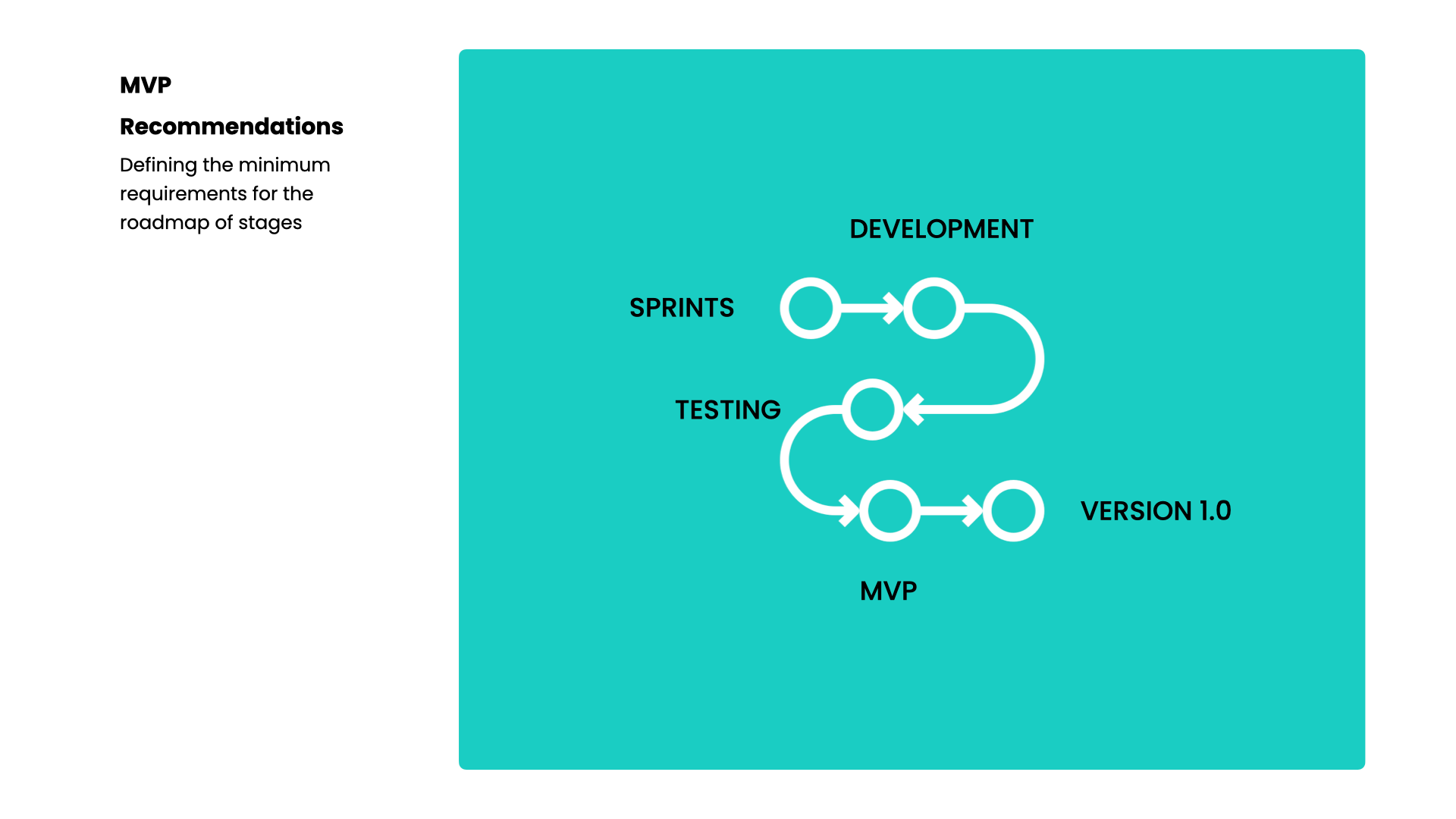A Killer app Requires three Inseparable Things: Skip one at Your own Risk
Here are the three steps to discovering your Problem Solution Fit. 1. Venture Strategy explains why the product matters 2. User Insights that prove that it is a meaningful problem and what the solution may be 3. A playbook that frames how we get to launch

Our biggest enemy in innovation and the creation of breakthrough solutions is not creativity. It's ourselves.
Our optimism bias, and maybe plain ego, often leads us to think we have a good idea that customers will love. I'm sure the Blackberry designers thought a physical keyboard was terrific. I am sure the inventors of the Segway thought you looked cool when using the product. However, the customer realities were very different.
This dilemma leads us to ask how we work on a new idea without falling into the wishful thinking trap. So how do we validate the problem and solution?
The good news is that I've spent a lifetime investing in products and learning a lot during the process. I have also studied over 200 experts on the Moonshot Podcast. I'd love to share my three essential things for discovering product users need and maybe a killer app.
At the beginning of an idea for a new product or service is the search for Problem Solution Fit. Said differently, can you validate the problem exists for users and that you have a potential solution? Is the problem worth solving?
Here are the three steps to discovering your Problem Solution Fit. These are like the three musketeers and inseparable: "All for one, and one for all".
- Venture Strategy explains why the product matters
- User Insights that prove that it is a meaningful problem and what the solution may be
- A playbook that frames how we get to launch

Step 1: Venture Strategy
'Why' is the keyword for strategy? Why are we doing this? Why will this solution matter? Whether your starting point is a brand new startup or an enterprise that needs to transform, these are my classic steps to venture strategy.
- Vision synthesis: interpreting the underlying future state and impact of the business
- Horizon Planning: strategic planning for defending, growing and transforming the business
- Emerging Trends: studying customer and social trends and use cases
- Internal Data Analysis: breakdown of data such as CRM and CX to mine for opportunities
- Opportunity identification and evaluation: picking potential winners in attractive markets
- Team building: screening talent forming a cohort
- Business Canvas: define assumptions and models that underly the venture

Step 2: User Insights
User insights is a study of your customer and the use of empathy to gain significant insights. Discover what problem is worth solving before you build the product.
- Drafting a Lean Hypothesis: a precise, testable statement of what the team predicts will be the outcome of the test.
- Conducting User Surveys: objective questions used to gain powerful insights about their pains, gains, and jobs to be done.
- Conducting User Interviews: a one-on-one discussion of the use case's motivations and context.
- Prototyping with Users: real-time learning via low-fidelity prototypes tested by users.

Step 3: The Playbook
A great playbook is essential. All the ideas, learnings and recommendations live in an action-packed format about getting to MVP with urgency.
- Roadmap: outline a pathway to getting from today to launching an MVP
- Learnings: outline facts from the user insights work related to the product and the business
- Challenges: clearly state the significant risks in areas such as technology, budget and resources


